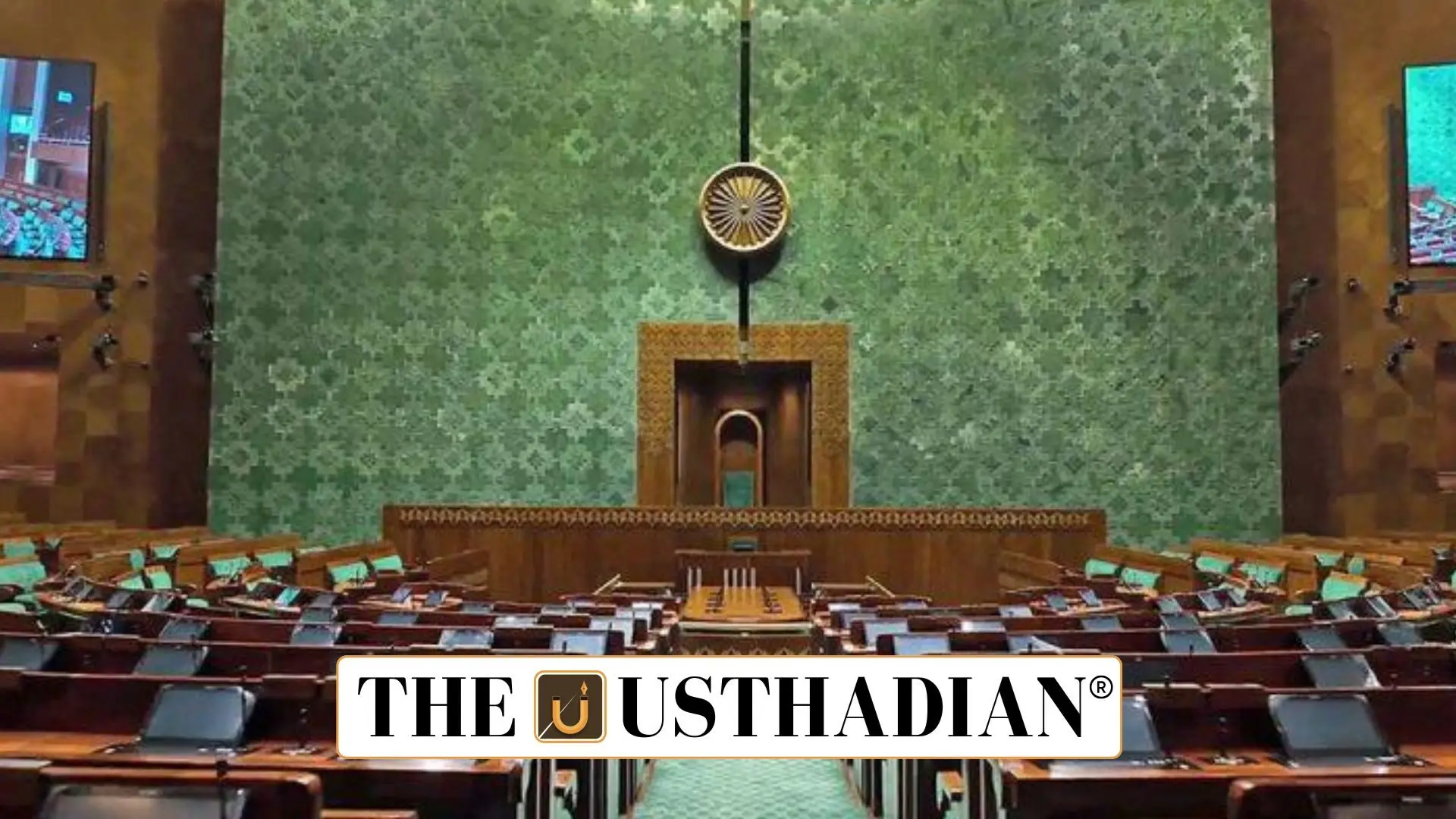A Housing Dream in Trouble
PMAY-G Scheme Faces Scrutiny: Parliamentary Panel Calls for Urgent Reforms: The Pradhan Mantri Awas Yojana–Gramin (PMAY-G) was launched on April 1, 2016, with a noble vision—to ensure every rural Indian household has a pucca house with basic amenities. The government originally aimed to construct 2.95 crore houses. However, a recent Parliamentary Standing Committee report reveals serious implementation gaps that risk derailing this flagship housing mission.
Old Data, New Problems: Issues with Beneficiary Identification
A major concern raised in the report is that PMAY-G still uses beneficiary data from the 2011 Socio-Economic Caste Census (SECC). That’s over 14 years old. Since then, many families have moved out of poverty, while new vulnerable households have emerged. This outdated system has led to eligible families being left out, and ineligible ones still receiving benefits.
To fix this, the committee has recommended a fresh and inclusive survey, which accounts for current ground realities, including families living in semi-permanent (kutcha) homes.
Financial Support: Not Enough for Today’s Costs
Another red flag: the financial assistance under PMAY-G hasn’t changed in years. Currently, the Centre provides ₹1.20 lakh for houses in plains and ₹1.30 lakh for hilly or difficult terrains. But with the cost of raw materials and labour skyrocketing, these amounts fall short of building durable homes. The committee strongly recommends increasing the support to ₹4 lakh per house, which better reflects today’s construction costs.
The Numbers Don’t Lie: Backlog vs. New Targets
By October 2024, India had built 2.66 crore houses under PMAY-G, but 29 lakh units were still pending. What’s more concerning is that the August 2024 extension, which promised 2 crore new houses by 2029, seems to focus more on clearing old backlogs rather than offering fresh support. The panel estimates a real backlog of 1.46 crore homes, which means only a small portion of the extended target will benefit new applicants.
Committee’s Key Recommendations
The report has suggested a revised target of at least 3.46 crore homes, which includes both the backlog and new allocations. It also urges the government to update the eligibility list by including families living in non-permanent housing, not just those classified in 2011.
Hope Ahead: New Survey for Better Data
Recognising these issues, the government began a new Awaas+ survey in 2018, and another round is underway in 2025. By February 2025, over 80 lakh households had already been surveyed. The final results, expected by March 2025, will play a vital role in identifying genuine beneficiaries and fixing the current flaws.
STATIC GK SNAPSHOT
PMAY-G Scheme Faces Scrutiny: Parliamentary Panel Calls for Urgent Reforms:
| Feature | Details |
| Scheme Name | Pradhan Mantri Awas Yojana–Gramin (PMAY-G) |
| Launched On | April 1, 2016 |
| Original Housing Target | 2.95 crore houses |
| Extension Announced | August 2024 – Add 2 crore houses by 2029 |
| Houses Completed (Oct 2024) | 2.66 crore |
| Pending Houses | 29 lakh |
| Proposed Financial Aid | ₹4 lakh (recommended), ₹1.2–1.3 lakh (current) |
| Survey in Progress | Awaas+ (to conclude by March 2025) |
| Data Issue | Based on outdated SECC 2011 |
| Committee Suggestion | Raise total target to 3.46 crore |








